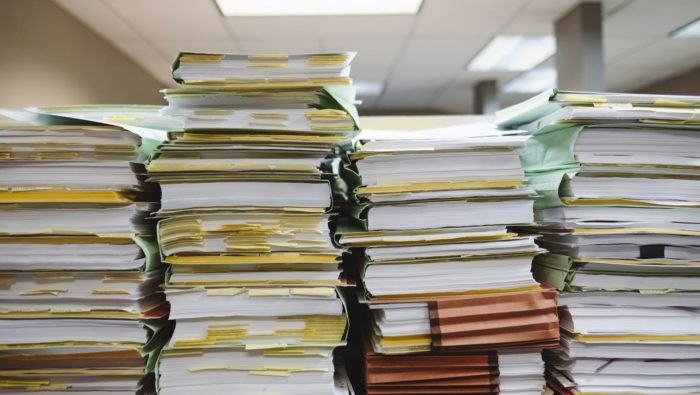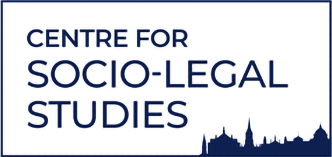
Discourse analysis of court judgments: An effective (and sufficient) method for critically analysing judicial conceptions of justice

My research on rural worker litigation in South Africa focuses on six labour court cases, four out of which I represented a trade union on behalf of workers. The cases comprise all cases litigated in the courts by the union to date. In each case, a familiar pattern played out as each of the courtroom actors wielded the concept of justice to navigate the labour disputes. I set out to explore the different conceptions of justice held by workers, unionists and the court to understand what they might mean for the practice and strategy of rural labour litigation. Qualitative interviews proved to be a suitable method to pursue this line of enquiry with workers and unionists. Unfortunately, “gaining access” to judges for interviews proved difficult. This blog focuses on how I turned to court judgments and rulings (‘judicial texts’) in place of interviews with judges, notoriously difficult research participants, to explore how the judiciary interprets and makes “labour justice”.
It is judges who act on behalf of the court and are bestowed with the authority to ultimately determine what “justice” will be. Far from being simple mouthpieces of the law reciting predefined notions of justice contained in legislation, I found that judges and the court are engaged in a continuous process of – i.e. of interpreting what justice means to them and determining what it will be for us.
Aardarsh Gangwar, writing for this blog used text (legal “manuals”) as data and explained that their “materiality” allowed him “to enrich [his] ethnographic practice.” After conducting discourse and content analyses of judicial texts, I found that judicial texts can be a sole source of candid information about what judges understand is just in the labour context. We can employ methods of reading in a way that legal texts can offer insights beyond what decision was made, and whether the decision was incorrect or correct, or fair or unfair. The texts can also be read to reveal how judges understand the world, and how this then contributes to the production of the court’s institutional discourse on different legal issues.
The method involves using Foucauldian discourse analysis and Stoler’s historiographical method of reading both along and against the grain of source documents, in other words, reading the dominant document (in Stoler’s case, these were colonial archives) in order to understand the dominant figure’s consciousness, before proceeding to read more creatively and critically in the post-colonial tradition. Stoler’s method allows us to understand the complexities of power-holders instead of reducing them to good or, more likely, bad. In the Foucauldian sense, a discourse is a system that orders, classifies and distributes statements, resulting in particular forms of knowledge being produced and others being excluded. Ultimately, it results in certain things being made true. Stoler’s method is useful in analysing institutional texts because she argues that we read state sources “as condensed sites of epistemological and political anxiety rather than as [purely] skewed and biased sources” (2009: 20). Stoler provides a methodological tool for engaging judicial texts to reveal the discursive formation that produces the court’s complex conception of justice.
Within this methodological framework, I analysed the data in two stages. The first stage involved developing a consolidated timeline of litigation events around the six cases. A holistic overview of all the judicial texts created a distance from the statements contained in the individual texts alone. Despite a perception among workers and activists that the court was against rural workers, out of six cases, the workers (under their union) ultimately lost two, won two, and two ended in a stalemate or settlement. I proceeded to a second stage to consider the text in greater detail to establish if there were thematic patterns across these cases despite their different outcomes.
I identified the varying use of institutional tools at the court’s disposal (language, procedures and rules) and how these were employed. For example, the court ignored the fact that abattoir workers were working 18-hour days, throwing out their dispute because it was incorrectly pleaded. Reading against the grain, it is easy to identify this as an injustice that the court overlooks.
In another example, however, the court repeatedly praised the union for doing its utmost to keep the pickets of its strike “orderly”. In instances such as this, reading along the grain allows us to appreciate the values and anxieties that shape the discursive practices of the court. It became clear that each of the judicial texts under analysis was saturated with the discourse of “orderly dispute resolution”. In fact, in one judgment, consisting of just six pages of written findings, the term “unprotected strike” was used six times – a substantive question irrelevant to the matter at hand. Workers’ access to labour justice ultimately became contingent on orderly conduct.
Given the social, cultural, political, and economic heterogeneity of the actors in question, the notion of justice took on a range of different and sometimes contradictory meanings. The disparate historical and social conditions of the workers, trade union officials, lawyers, farm bosses, and the presiding judges perhaps explains the range of subjectivities brought to bear on the notion of justice across the cases. If we accept judicial texts as artefacts in their own right, the interpretive approaches are not finite. Researchers can draw from anthropology, linguistics, historical studies, literary studies and a range of other fields within the humanities and social sciences in their studies of the texts, sometimes discovering more through reading than through interviews and observation.

